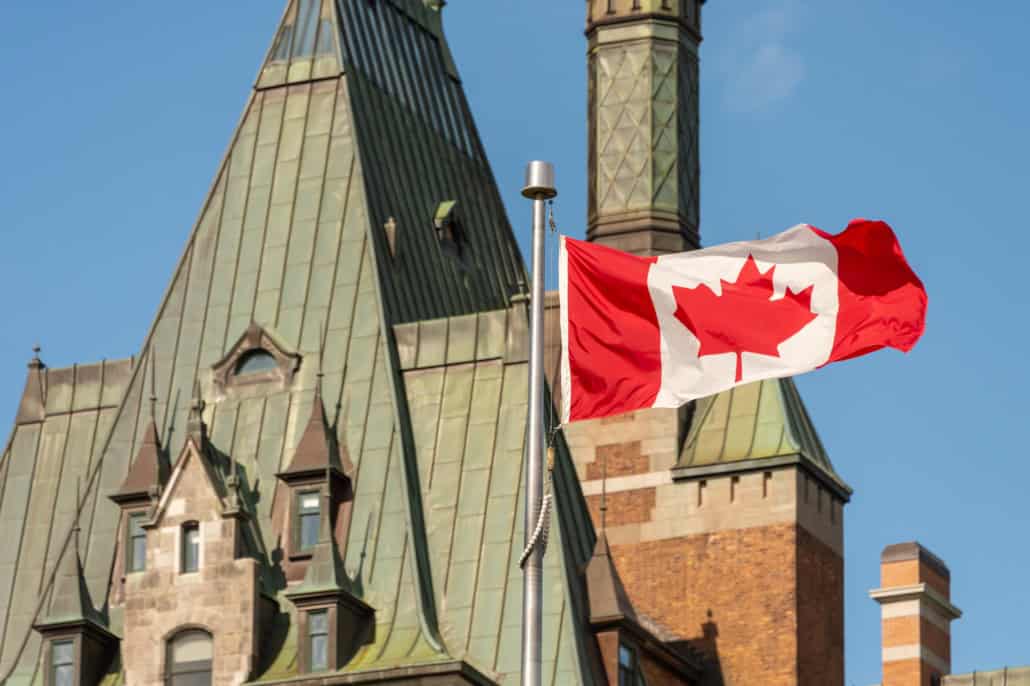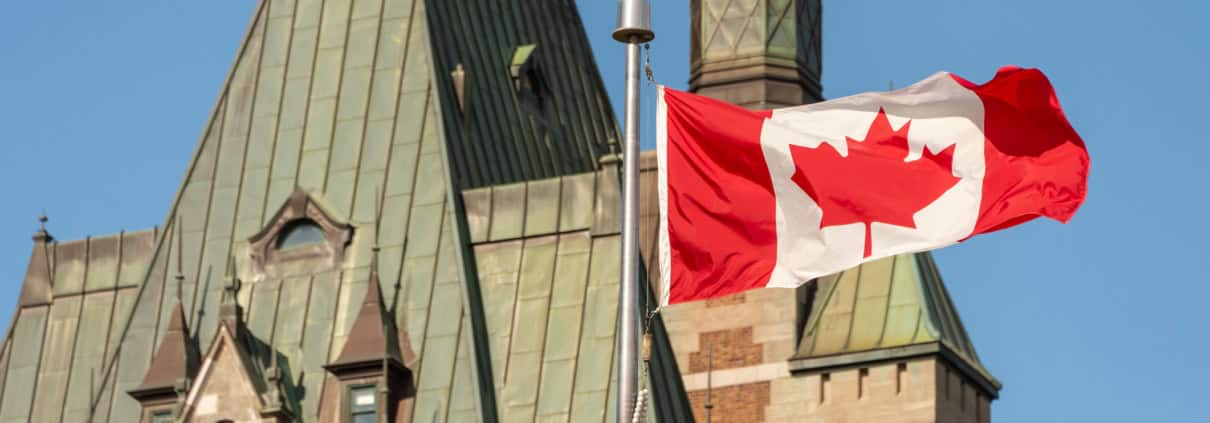Capital gains inclusion rate changes to be administered by CRA

The Canada Revenue Agency has confirmed that it will implement the federal government’s proposed increase to the capital gains inclusion rate. The news comes days after Prime Minister Justin Trudeau announced his resignation, sparking a Liberal leadership race, while also informing of the prorogation of Parliament until March 24th, 2025.
The proposed changes increase the capital gains inclusion rate from one half to two-thirds on all capital gains realized by corporations and most trusts, and on gains incurred by individuals exceeding an annual threshold of $250,000. The measure has raised the ire of the business community, which has cited the policy as a drag on investment and innovation, along with many affected taxpayers (in particular those in the higher net worth category) who had mere weeks to make significant tax-planning decisions prior to the measure’s June 25th, 2024, implementation date. With Parliament prorogued—a process that dissolves the current session in the House of Commons and ‘kills’ any legislation that has yet to receive royal assent—many have wondered if the CRA is offside in its decision to push ahead with the inclusion rate hike.
It is not. The CRA has the authority to administer the legislation because the capital gains proposal was tabled as a Notice of Ways and Mean Motion. As noted in the CRA’s audit policy manual, the standard practice (with much precedent) is to implement tax changes before they become law, all to simplify compliance for taxpayers and to minimize administration for the treasury. However, the CRA cannot compel a taxpayer to comply with a proposed change that is financially non-beneficial—more on that in a moment.
At this point, several political scenarios could complicate matters further:
- The Liberals will select a new leader for Parliament’s return, but their government could soon fall on a vote of non-confidence before they have an opportunity to reintroduce and pass the capital gains rule change with new legislation. If the government is toppled, an election would be called and Canadians would choose a new government. The Conservatives are currently far ahead in the polls and in recent days reaffirmed their disapproval of the capital gains inclusion rate change. If they were to win a spring election, based on these indications, the Conservatives are unlikely to move forward with the increase.
- The Liberals lose a non-confidence vote in late March, an election is called, and they manage to win either a minority or a majority to stay in power. At that point, they could choose to reintroduce legislation to pass the capital gains inclusion rate increase, which (in theory) would eventually receive royal assent. In this scenario, the CRA would simply continue implementing the proposal as planned.
- Parliament returns on March 25th, but some of the opposition parties (e.g., the New Democratic Party) choose not to support a non-confidence motion. At this point, the Liberals, under a new leader, would continue to govern until their government falls or until an election call is required in the Fall. The party would have the opportunity to present a late-spring budget that contains the capital gains tax changes. If the government was able to pass the legislation, the changes would move forward.
If the first (and most likely) scenario plays out and the capital gains change is scrapped, the CRA would presumably be required to reassess the tax returns of affected corporations, trusts and individuals that paid the extra tax and then provide a refund (the exact process the Agency would follow remains unclear at this time). Unfortunately, this puts taxpayers in the position of having to decide whether to file under the currently legislated rules (e.g., a 50 per cent inclusion rate) and take the chance that it never becomes law, thereby risking potential interest charges for non-compliance, or instead file under the proposed rules and pay the additional tax in the interim.
Again, the CRA cannot compel non-beneficial tax payments when a proposed measure is not law. At this point, paying the extra capital gains tax and then seeking a refund, if necessary, would seem to be the least risky approach for affected taxpayers. That said, be sure to always work with a qualified Chartered Professional Accountant to determine the most appropriate tax strategy for your individual financial needs.
The CRA has confirmed that updated tax forms will be available by January 31st, 2025, while arrears interest and penalty relief will be provided to impacted corporations and trusts that have a filing date on or before March 3, 2025. The interest relief will expire on that date.
It’s worth noting that business-friendly measures such as the proposed increase to the lifetime capital gains exemption—to $1.25 million on capital gains, up from the $1,016,836 threshold for 2024—along with the Canadian Entrepreneurs’ Incentive (CEI), which offers a lower tax rate on capital gains incurred when an eligible individual disposes of qualifying shares of a Canadian-controlled private corporation, are also in limbo. These measures could be scuttled if they are not included in future legislation by the Liberals or by the next government.
This degree of legislative, policy and compliance uncertainty is unusual. It’s also a regrettable tax legacy of the Trudeau government, one that has made several 11th hour reversals on proposed measures (think bare trust and Underused Housing Tax reporting) after taxpayers spent considerable time and financial resources scrambling to comply with policies that made little sense in the first place. How many assets such as businesses or family cottages were sold last spring for naught? It’s not only the wealthy who have felt the impact of this policy (and its possible reversal), but also the many professionals and middle-class Canadians who made good-faith planning decisions to mitigate their increased tax liability, only to be burned by this government once again.
CRA has promised more updates on the capital gains inclusion rate implementation in the coming weeks. In the meantime, we’re assured a roller coaster ride in Ottawa, one that hopefully ends with this—and other unforgiving tax measures—being scrubbed in favour of growth-driving, entrepreneur-friendly policies.
Armando Iannuzzi, Co-Managing Partner
If you have questions about capital gains inclusion rate changes, contact a member of our team.


